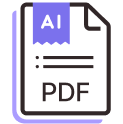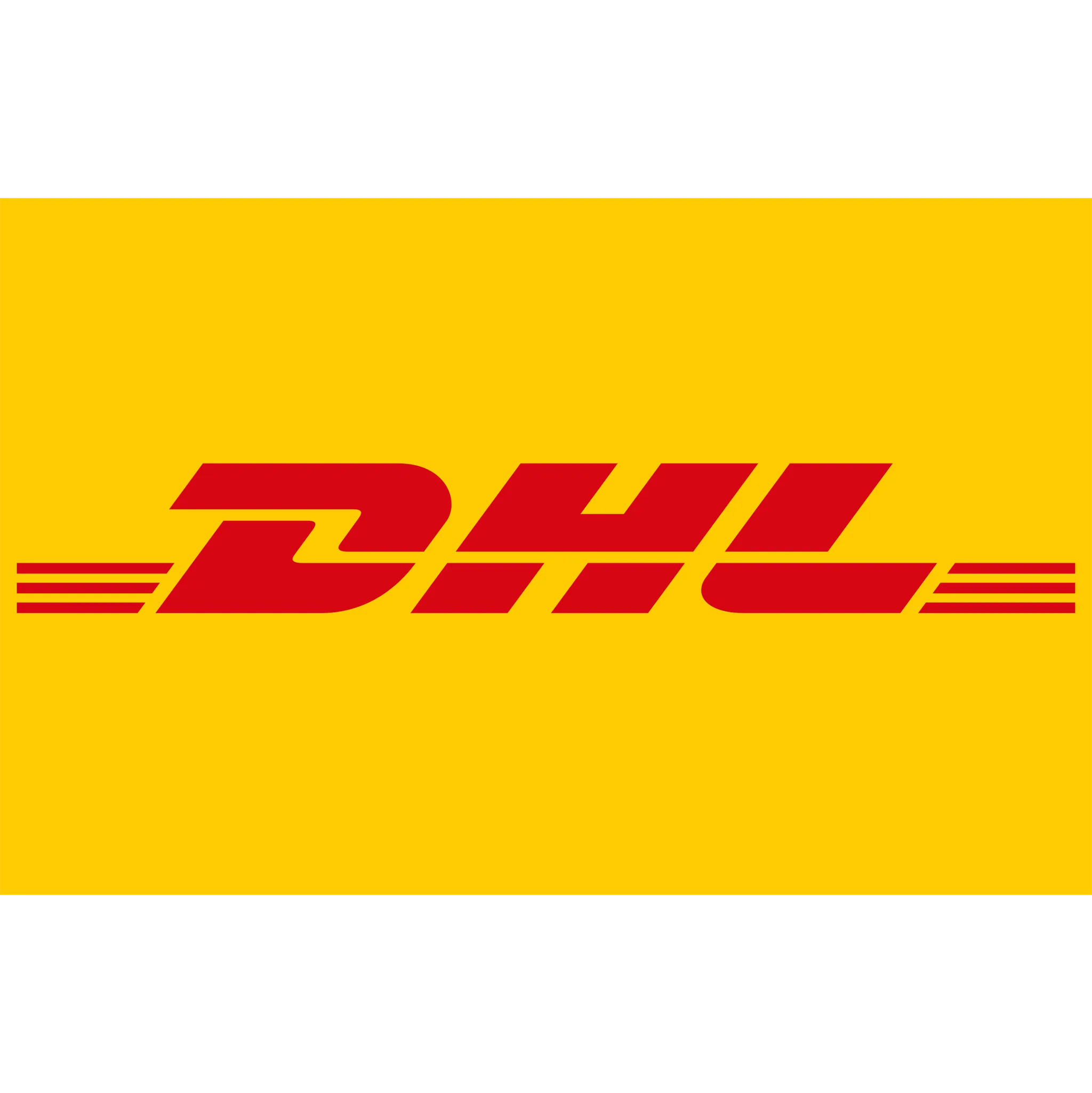
How to automate freight invoice digitization with Parabola
When it comes to freight invoice automation, it’s a rare for a team to be working with a single PDF format. Most brands, 3PLs, and freight forwarders constantly find themselves working across a variety of carriers, making it difficult to structure data consistently. As a result, many teams settle by pulling the big number off the bottom of their invoices instead of maintaining comprehensive invoice records with line item detail.
- Pull a freight invoice into Parabola either using the Pull from PDF file or Pull from inbound email step.
- Within the PDF parsing step, configure the step settings to extract key fields like shipment ID, invoice due date, and line items. Use the "Keys" section for document-level data like your shipment ID and origin port; use the "Columns" section for table data like your line item description and amounts.
- Standardize and clean the extracted data using steps like Edit columns and Standardize with AI.
- Action on your data by sending it off to a destination like a Parabola Table (used for historical tracking), your ERP or TMS, or any other system where spend data lives.

Video overview
Why Parabola







As soon as we launched the first component of the automation, we saw an increase in our top-line compliance figure. It’s almost like every week we hit a new all time best.
What is freight invoice digitization?
Digitizing freight invoice PDFs involves extracting key information from freight invoices, such as shipment IDs, origin and destination data, and line item details. Most commonly these invoices will come in from a carrier via email, requiring operators to manually open PDF attachments and copy and paste data from PDFs. Since invoices rarely come in a consistent format from carrier to carrier, the creation of these workflows also involves creating logic to ensure invoices are being handled consistently — even if the format changes from email to email.
How to digitize freight invoices in Parabola?
With Parabola, you can easily parse messy freight invoices into structured datasets by leveraging LLMs and computer vision to make PDF parsing easy. Parabola’s PDF parsing tool was designed with varying PDF formats in mind, enabling you to consistently parse data from PDFs, even if the document format changes from carrier to carrier. Beyond extracting data from freight invoices, most freight invoice parsing workflows also leverage AI and additional data transformation steps to map carrier data to an internal format — enabling historical spend databases, line item categorization, and more comprehensive carrier scorecards.
Tips for digitizing freight invoices in Parabola?
- To improve the accuracy and consistency of your freight invoice PDF parsing, add additional fine tuning context to each column including sample values and context on where to find the values in the document. The more context and examples you provide, the better your results will be.
- After parsing the data, consider using the Categorize with AI step to assign line items into spend buckets for more granular reporting.
- Automate email-based workflows by leveraging the Pull from inbound email step.
What other resources are available on digitizing freight invoice PDFs?
- To start building your freight invoice parsing Flow, use the Template above and check out the Parabola University lesson on PDF parsing.
- Learn more about how to set up an auto-forwarding rule in Parabola here.
- Use AI to convert data from freight invoice PDFs to spreadsheets for free.
- Learn about the best softwares for digitizing invoices.
What are best practices for freight invoice digitization?
Best practices for freight invoice digitization include building workflows that can parse a wide variety of carrier PDF formats, setting up AI or OCR to consistently extract both summary and line item data, and standardizing parsed outputs into structured datasets. Automating error detection—like missing line items or mismatched totals—ensures higher fidelity data for reconciliation and reporting.
What software is commonly used for freight invoice digitization?
Most teams rely on OCR tools or manual data entry paired with spreadsheets and ERP imports, which lead to inconsistency in structure and scale. Parabola differentiates itself by using a no-code workflow platform that leverages computer vision and AI for parsing—and it handles diverse PDF layouts without rigid formatting.
Why do teams often only capture the total from freight invoices?
When freight invoice workflows aren’t structured, teams often default to capturing just the final total—since parsing line items across different formats is time-consuming and error-prone. Your provided answer: When it comes to freight invoice automation, it’s rare for a team to be working with a single PDF format. Most brands, 3PLs, and freight forwarders constantly find themselves working across a variety of carriers, making it difficult to structure data consistently. As a result, many teams settle by pulling the big number off the bottom of their invoices instead of maintaining comprehensive invoice records with line item detail.
What are the operational benefits of fully digitizing freight invoices?
By fully extracting and normalizing freight invoice data (including line items, rates, and surcharge details), teams gain more accurate spend analytics, better carrier scorecarding, and faster exception resolution. This creates a stronger foundation for downstream workflows like reconciliation, budgeting, and optimization.








